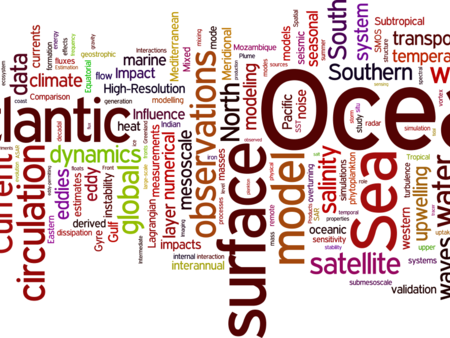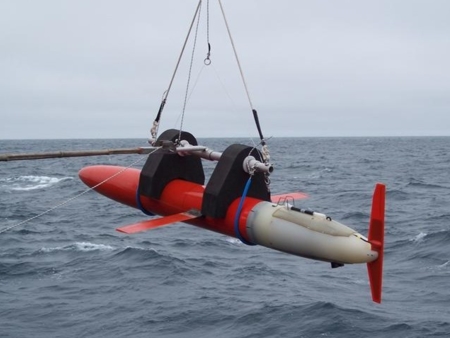Adam Ayouche
Title: : Surface observability and vertical mixing linked with (sub)mesoscale in a coastal region: Bay of Biscay application
Phd Director : Pr. Xavier Carton
Phd Supervisors: Dr.Guillaume Charria (LOPS), Dr.Nadia Ayoub (LEGOS, Toulouse)
Fundings: Ifremer & Région Bretagne (started October 2017)
The Bay of Biscay in the northeastern part of the Atlantic Ocean is subject to multiple ocean processes : density currents mainly due to river inflows (mainly Loire and Gironde rivers), strong tides, Northwesterly and Southwesterly dominating wind forced circulation, the Iberian poleward current driving a strong mesoscale activity (swoddies..). Once the freshwater from Gironde and Loire rivers is transported throughout their estuaries to the salty open coastal ocean forming river plumes. River Plumes can be distinguished in different dynamic regions : the bulge an anticyclonic steady eddy, a coastal current and a frontal region. The bulge trapps the freshwater carried out from the estuary and after a period of time (proportionnal to earth rotation) these water masses are dumped into the coastal current. The fresh and ambient water masses are seperated by a frontal region. Mesoscale and Submesoscale instabilities can alter the river plumes regions which could impact the horizontal and vertical turbulent mixing.
The purpose of this PhD thesis is to understand how (sub)mesoscale instabilities are impacting river plumes structure, dynamics and turbulent mixing.
Idealized numerical simulations,using CROCO model, are designed to highlight the impact of forcings (discharge, M2 Tide, SW and NW winds) on river plumes (shape, extent, Mesoscale and Submesoscale instabilities and turbulent mixing).
Realisitic numerical simulations with the CROCO/MARS model at different resolutions will aslo be explored.
Available in-situ data are used to validate the realistic model and to characterize river plumes water masses in terms of hydrological properties.







